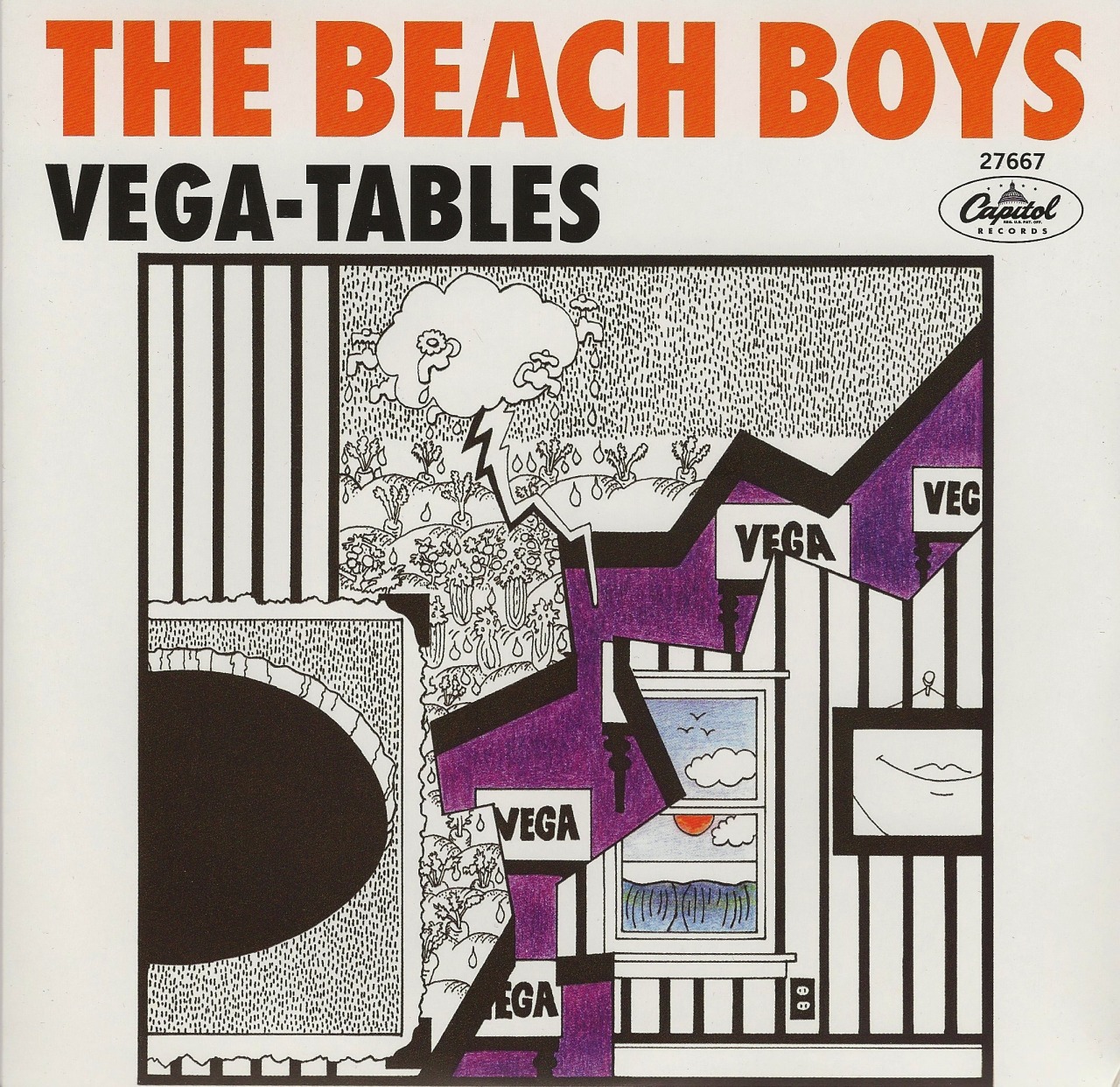Another undergraduate opus, this one from May, 1968. It was submitted to a class on Victorian theater taught by the late film critic Harry Geduld, who I was sad to learn died in 2016.
Edwardian Comedy: an Analytical Overview
A society of cultivated men and women is required, wherein ideas are current, and the perception quick, that [the great comic poet] may be supplied with matter and an audience. The semi-barbarism of merely giddy communities, and feverish emotional periods, repel him; and also a state of marked social inequality of the sexes; nor can he whose business is to address the mind be understood where there is not a moderate degree of intellectual activity. (Meredith, 3)
Whether or not these are valid criteria for the sociological support of the comedy Meredith had in mind, the Edwardian period compares quite favorably, in various degrees, with all of them. Further, the caliber of the Edwardian dramatist, with Shaw at the head of a gifted and distinguished list, was certainly capable of creating comic drama that could stand beside virtually any of the masterpieces of comedy that English literature had theretofore produced. Yet into the Twentieth Century, even through the present time, the legacy of farce has prevailed over that of the comedy of manners in the shaping of modern comedy. For all his literary appreciation and sociological perception, Meredith failed to look to his own age for the dominant institutional trends toward the society and the theater of the future; it appears as if the appalling dearth of quality in the Nineteenth Century British theater were indicative of little more than a horrible accident of history, in Meredith's view. Even as Ibsen was gaining renown in the revolutionary Free Theaters in Berlin and Paris, Meredith refused to appreciate the significance of the modern dramatic movement or to acknowledge the potential of the comic muse in the era of realism.
The hallmarks of Edwardian comedy remain somewhat elusive to generalization and definition, both historically and dramatically speaking, for the age was one of transition, between the optimism of Empire and the pessimism of World War. In the theater the order of the day was reorganization and experimentation; already at hand among modern dramatists were deep divisions of purpose and a wide variety of approaches, each with a dramatist's manifesto rushed to its defense. In a period of some ten years there British theater had achieved a range-- from Shaw, Galsworthy, and Hankin to Granville-Barker, Maugham and Barrie-- that it had not seen for more than a hundred years.
With few exceptions, however, it could be said of Edwardian comedy that the drama reflected the concerns of its time in its urbanity and sophistication, its willingness to attack social problems positively and directly, its nouveau-riche pretentiousness and cluttered quality, and its increasing preoccupation with the intellectual controversies of the Twentieth Century. All of these concerns, with the possible exception of the last, derive a certain significance from the fact that they describe only the texture, the surface consistencies of Edwardian comedy. This is appropriate enough for a society whose main preoccupation seems to have been surface, external appearance itself. And in Bergson's view, the essence of comedy-- the psychology of laughter-- lies precisely in the relationship between the inner human being and the surface he exposes to the world.
More specifically, Bergson finds the ridiculous to reside in man's rigidity, in the restriction of the Élan_vital, in "something mechanical encrusted on the living" (Bergson, 84). His critical rule-of-thumb is, "We laugh every time a person gives us the impression of being a thing" (97), and he goes so far as to state , "The attitudes, gestures and movements of the human body are laughable in exact proportion as that body reminds us of a mere machine" (79). In considering Edwardian comedy from this philosophical and psychological perspective, the other end of the spectrum of modern comic theory has been sighted. It would do well at this point to cull an example from the period, in order that the relationship between the two lines of criticism may be further explored.
The "mechanical" indeed finds a place in St. John Hankin's comedy, The Return of the Prodigal (1904), and is highly responsible for the comic element of the play. A rigid mechanization prevails over not only the characters (e.g., Mr. Jackson and his son Henry), but situations as well, and even much of the language in the purely comic exchanges:
Eustace, bored: Quite so. Whose carriage was it by the way?
Baines: Sir John Faringford's, sir.
Eustace: Well if one's head is to be driven over, it may as well be by a member of the aristocracy, eh Baines!
Baines: Certainly, sir.
(Hankin, 103)
In fact, one of the major themes of Prodigal is concerned directly with the rigidity of the Edwardian social order, the lack of class mobility, and the parvenu's struggle to cope with the conventions of such a system. The "mechanical," it would appear, has played an enormous role in the everyday life of Twentieth Century bourgeois society.
This view of modern life was expressed considerably earlier by Marx, who considered the capitalist economy responsible for turning man into an extension of the machine. The relationship between the comic and the economic becomes clear at this point, and as laissez-faire had its heyday in Edwardian England, it is quite understandable that comedy should have functioned as vital a part as it did in contemporary social criticism. The analogy can, of course, be extended to help explain the phenomenon of the dominance of comedy, throughout the Twentieth Century, in social thought of the Western industrial nations. In addition to the social rigidity resulting from economic determinism, a parallel can be recognized in the biological-- and metaphysical-- determinism that has functioned as a corresponding strand of modern thought.
This biological determinism is the obsession of Eustace in The Return of the Prodigal:
It's not what I do but what I am that is the difficulty. What does it matter what one does? It's done and then it's over and one can forget it. The real tragedy is what one is. Because one can't escape from that. It's always there, the bundle of passions, weaknesses, stupidities, that one calls character, waiting to trip one up. Look at the governor... Do you suppose he could be like me if he tried. Of course not. Nor could I be like him...
Aren't we just the creatures of our upbringing, of circumstance, of our physical constitution? We are launched on the stream at our birth. Some of us can swim against the current. Those who can't, it washes away. (133)
What Hankin put into the above passage was nothing more than the philosophy of Naturalism, a primary force in modern drama taken to its logical conclusion, an integral assumption of comedy, that man is a predetermined victim of his environment and heredity. But the rigidity imposed by biological determinism is laughable to us only as long as we are unable to identify ourselves personally with it. Bergson perceived what is probably the fundamental psychological condition for laughter when he noted,
... the absence of feeling which usually accompanies laughter. It seems as though the comic could not produce its disturbing effect unless it fell, so to say, on the surface of a soul that is thoroughly calm and unruffled. Indifference is its natural environment, for laughter has no greater foe than emotion. (63)
To the extent that this is true, it would appear that laughter, as Freud conjectured, is an expression of man's sadistic impulse. We must feel a certain sense of superiority over the objects of our ridicule, for "objectivity" can denote little more, in Twentieth Century epistemology, than a sense of mastery over a subject, marked by a lack of sympathy or empathy; that is, the maintenance of a certain emotional distance between ourselves and the objects under consideration.
Because our self-esteem is largely dependent upon our conception of the self as a free agent, we are reluctant to accept a deterministic explanation of our own behavior. It is only with a profound dismay that we realize the power of fate and circumstance in our own lives, and even then, we can never fully identify ourselves as insignificant cogs in the machinery of the universe. For this reason we can never truly laugh at ourselves, because by nature the human mind conceives of itself as an active agent, rather than a passive object.
Hence the motif of despair in Twentieth-Century literature. Determinism has signified a fall from grace that has immeasurably affected our intellectual life, and contemporary art has reflected the schizoid tendency of the modern mind resulting from the paradox of the subjective viewpoint in conflict with the objective intelligence. The metaphor of man's divided soul has captured the spirit of the arts, and is highly relevant the current revolt against formalism in literary criticism. The destruction of Form, of the distinctions between comedy and tragedy, has developed into the preoccupation of an entire school of dramatic criticism, and receives its most comprehensive treatment in the plays of Luigi Pirandello.
Bibliography
Lauter, Paul, ed. Theories of Comedy. Garden City: Doubleday, 1964.
Sypher, Wylie, ed. Comedy: "Laughter," Henri Bergson; "An Essay on Comedy," George Meredith. Garden City: Doubleday, 1956.
Weals, Gerald, ed. Edwardian Plays, including The Return of the Prodigal, St. John Hankin. New York: Hill & Wang, 1962.
IN ROTATION
- Oscar Moore, Oscar Moore Quartet (Tampa, 1954, 1955)





































:format(jpeg):mode_rgb():quality(90)/discogs-images/R-10980300-1507587955-3310.jpeg.jpg)
:format(jpeg):mode_rgb():quality(90)/discogs-images/R-2133482-1343184756-9314.jpeg.jpg)





![Art Blakey and the "Jazz Messengers": Live [ LP Vinyl ] - Amazon.com Music](https://images-na.ssl-images-amazon.com/images/I/51QjUh1hTyL.jpg)
